
In the last couple of pre-pandemic years, I was often hugely disappointed by a number of third-party studies that looked at the role digital was playing across all categories in retail, and specifically what percentage of shopper journeys included a digital touchpoint. Many categories (think consumer electronics, home furnishings) were regularly close to 100%, but grocery continued to languish at the bottom of the list.
While it may not have risen to the top, the pandemic has significantly increased the number of digital touchpoints in many grocery shopping journeys in the UK. At times during the various lockdowns, almost every trip involved a smartphone or laptop – whether it was checking queue times, safety measures or ordering online. I expect this reliance on digital to sustain as consumers, and especially the more mature ones, have become accustomed to the different roles digital can play.
In 2020 we released some research within ‘Think with Google’ titled Decoding Decisions. The research explored the way consumers make decisions and decide what to spend money on. Specifically we applied behavioural science to look at the space between a trigger and a decision to purchase, introducing a concept labelled the ‘messy middle’.
The report identified two hugely important mental modes in this age of limitless access to information: firstly exploration, an expansive activity, and secondly evaluation, a reductive activity. Whatever a person may be doing across the internet, whether search, social media or watching videos, it can be classified into one of these two mental modes.
While online grocery during 2020 was primarily functional – consumers were searching for slots and ordering their shopping – we’re starting to see exploration and evaluation in search play an increasing role in both fmcg and grocery.
Exploration focuses heavily on convenience. Whether exploring the best method for buying groceries or searching for nearest relevant store, consumers are now very accustomed to using digital for guidance. Another area that exploration plays a key role in is dietary requirements, as consumers seek out where specific products will be in stock.
Evaluation is also starting to play a significant role. Many consumers have been increasingly searching for ‘best items’ at category level, and within food & drink these searches remain high, indicating this is an important tool for consumers to evaluate based on their individual criteria.
Post-pandemic consumers are also opening up their consideration set for retailers, too. Searches for ‘best supermarket’ were up YTD in 2021, and the reasons consumers are considering specific supermarkets is expanding from being functional – driven by online grocery and other convenience markers like proximity and opening hours – to searches around their brand and other attributes.
We’re now seeing significantly higher search volume for grocers than pre-pandemic for value (e.g. price match, low price, special offer) and quality (e.g. best, premium). Other attributes are also gaining relevant search volume, most notably environmental and social impact attributes, as consumers increase the factors they feed in to their evaluation process.
With a newly educated audience leveraging digital in their grocery shopping journeys, the most important action for brands and retailers alike is simply to show up. It’s always the first step to ensure shoppers can include you in their exploration and evaluation journeys – so whether you’re a retailer or a brand, it’s hugely important you are there.




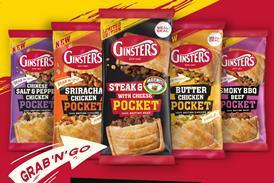


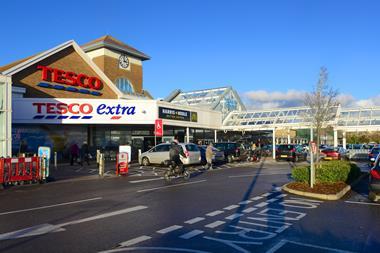
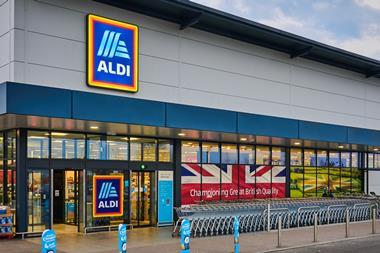

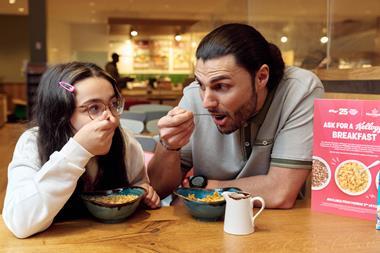
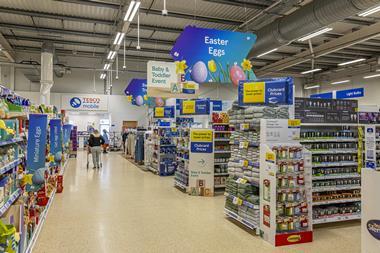
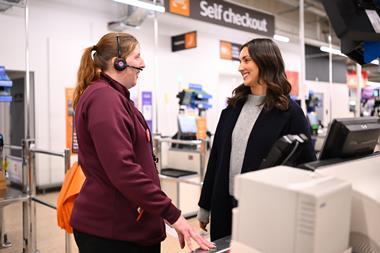

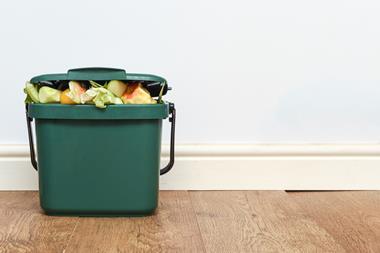

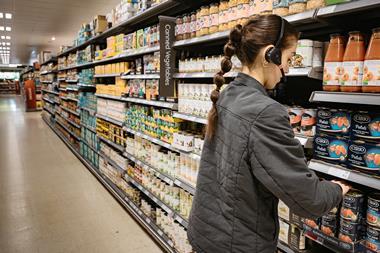
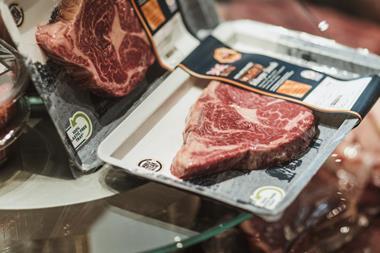

No comments yet